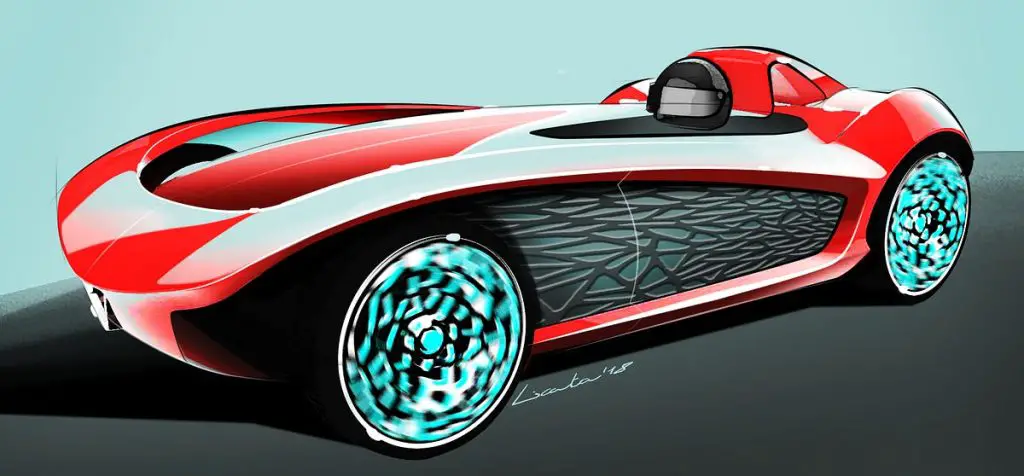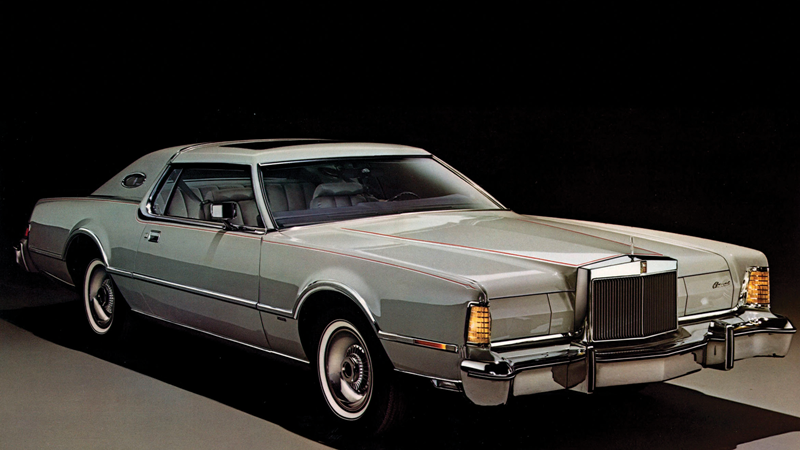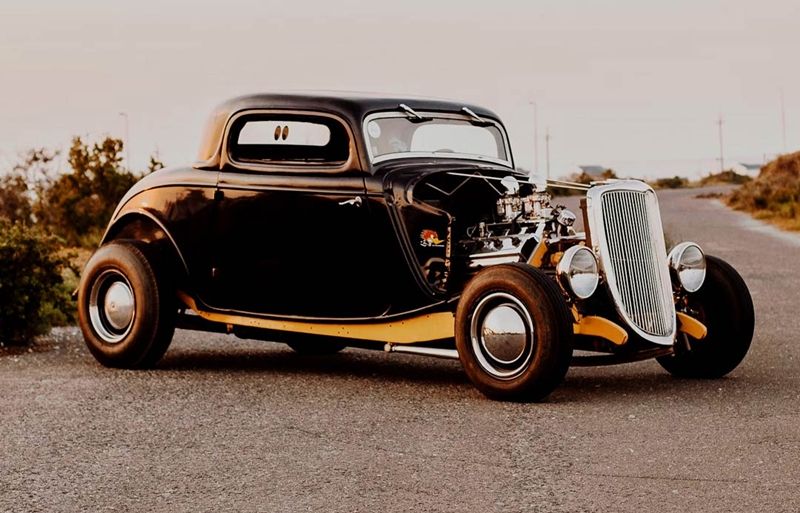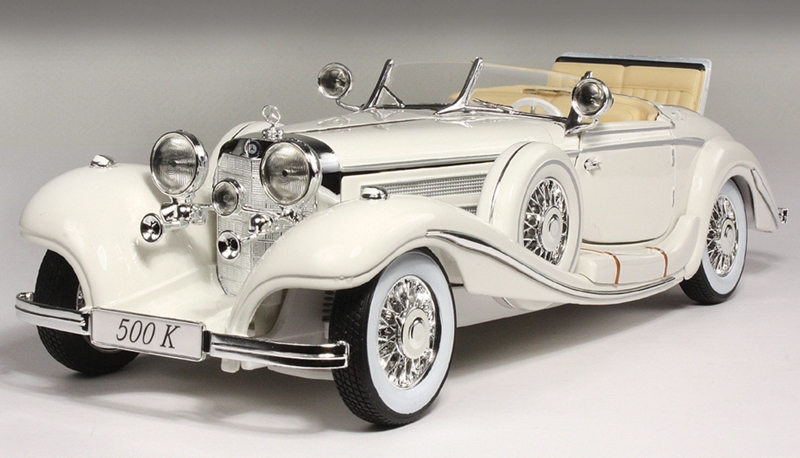Ever wondered who’s behind those breathtaking car designs that make you stop and stare? You know, those vehicles that don’t just transport you but somehow speak to your soul? Well, buckle up because we’re about to dive deep into the fascinating world of car designers – the artistic masterminds who transform metal, glass, and dreams into rolling sculptures!
Think about it: every curve, every line, every detail you see on your favorite vehicle was meticulously crafted by talented automotive designers. These creative visionaries don’t just sketch pretty pictures – they’re solving complex puzzles involving aerodynamics, safety, manufacturing costs, and consumer psychology. It’s honestly mind-blowing when you think about it!
Also read: The Evolution of Automotive Design
Table of Contents
The Art and Science Behind Automotive Design Excellence
So what exactly makes a great car designer? It’s way more complicated than you might think! These automotive artists need to balance countless factors: aesthetic appeal, functionality, brand identity, market trends, manufacturing constraints, and safety regulations. Oh, and did I mention they need to predict what consumers will want 3–5 years down the road? Talk about pressure!
Car designers today work with cutting-edge technology, from sophisticated CAD software to virtual reality systems that let them walk around their creations before they’re even built. The automotive design landscape is embracing aerodynamic designs focused on energy efficiency and reducing carbon emissions, with electric vehicles leading the charge in innovative styling approaches.
But here’s the thing – despite all this technology, the core of great automotive design still comes down to human intuition, artistic vision, and understanding what makes people fall in love with cars. It’s that perfect marriage of art and engineering that separates good car designers from legendary ones.
The 19 Famous Car Designers Who Changed Everything
The Italian Masters
1. Marcello Gandini: The Wedge-Shape Supercar Pioneer
Lamborghini is a marque perhaps most defined by the design of its cars through the generations, and it owes it all to one man: Marcello Gandini. This Italian design genius literally created the wedge-shaped supercar template that everyone else follows! From the breathtaking Miura to the iconic Countach and the fierce Diablo, Gandini defined what a supercar should look like.
But wait, there’s more! Gandini did everything from the Bugatti EB110 prototypes, the Cizeta-Moroder V16T and the Renault 5 Turbo, to numerous Maseratis. This guy had serious range – proving that great car designers can master both supercars and everyday vehicles.
2. Giorgetto Giugiaro: The Designer of the Century
Giorgetto Giugiaro represents the best that the Italian automotive design world has to offer, and the accolades prove it! Following his recognition as the Designer of the Century in 1999, he was inducted into the Automotive Hall of Fame in 2002.
From the original Volkswagen Golf to the DeLorean DMC-12 (yes, the Back to the Future car!), Giugiaro shaped automotive history. Perhaps fortifying his CV as a designer in general is the fact that Giugiaro penned cameras, firearms, motorbikes, watches, a tractor, a train and even an organ for a Swiss Cathedral. Now that’s what I call versatility! His work set a standard that many car designers still strive to meet today.
3. Battista “Pinin” Farina: The Ferrari Sculptor
Battista Farina is, without a doubt, one of Italy’s prized designers. After founding the legendary Carrozzeria Pininfarina coachbuilding company in 1930, he became Ferrari’s go-to designer. In 1952, he would be contracted by Ferrari to pen some of their most iconic designs, including the 212, the Dino Berlinetta Speciale, and, perhaps his greatest work, the Testarossa. His legacy as one of the most influential car designers in history is cemented in every curve of those masterpieces.
4. Leonardo Fioravanti: The Mid-Engine Ferrari Father
Leonardo Fioravanti was an engineer as well as a designer, working in his prime at Pininfarina. He effectively fathered the road-going mid-engined Ferrari, beginning with the original Dino, moving through the 308, 328 and the 512 Berlinetta Boxer. Arguably his finest achievements were the 288 GTO and the legendary F40. In crafting the F40, was Fioravanti the father of the hypercar? The answer is probably yes! His engineering background helped bridge the gap between creative car designers and technical demands.
5. Walter de Silva: The Brand Transformer
Walter de Silva turned Audi from the curious BMW alternative into this new-era symbol of modern affluence. This Italian-born designer worked his magic across multiple brands, creating the Alfa Romeo 156, Audi R8, and transforming Volkswagen’s entire lineup. As head of the Volkswagen Group from 2007 until 2015, he proved that great car designers can reshape entire automotive empires and define new brand identities in the process.
6. Filippo Perini: The Modern Italian Virtuoso
Filippo Perini is an established Italian automotive designer most notable for his work with Volkswagen Group and his role as Director of Design for Italdesign. During his tenure with Alfa Romeo, he would pen the GTV, Spider, and 8C Competizione, before moving on to work for Audi and Lamborghini, creating many of today’s highly-praised supercars. His work represents what modern car designers can achieve when blending tradition with forward-looking performance aesthetics.
From engineering-minded legends to avant-garde visionaries, these car designers from Italy didn’t just create cars – they sculpted icons. Their ability to balance creativity, innovation, and technical expertise continues to inspire new generations of car designers pushing boundaries in a constantly evolving industry.
The British Visionaries
7. Ian Callum: The Proportion Master
Ian Callum turned automotive aesthetics into an objective science. It’s all about proportions and ratios. This Scottish-born visionary has left his fingerprints on some of the most gorgeous cars ever made! At the age of 14, he approached Jaguar with a fully realized design.
Think about the Aston Martin DB7, Vanquish, Jaguar XK, and F-Type – all some of the most beautiful grand touring sportscars of the last 30 years. All from the very same pen. After leaving Jaguar in 2018, he founded his own design consultancy, proving that legendary car designers never really retire!
8. Malcolm Sayer: The Aerodynamic Artist
Malcolm Sayer made his transition from wartime aircraft engineering into automotive design, bringing aerodynamic expertise that wasn’t often seen within the industry. His background with Bristol Aeroplane Company revolutionized Jaguar’s approach, creating the C-Type, D-Type, and the legendary E-Type – a vehicle often praised by fellow car designers as the pinnacle of style and aerodynamic balance.
9. Alex Issigonis: The People’s Car Revolutionary
Alex Issigonis is the man behind the Mini, both in terms of that transverse engine layout allowing those compact proportions and in terms of the timeless style the layout afforded. He proved that practicality and utility can be iconic, defining the notion of a desirable cheap car. To this day, Issigonis is referenced by car designers who focus on small vehicle packaging and design.
10. William Towns: The Boundary Pusher
William Towns pushed design boundaries with what seemed like little more than his pencil and a ruler. The Aston Martin Lagonda was a terrible car in reality but more importantly, it was a truly unforgettably epic design. Other cars penned by Towns included the radical Aston Martin Bulldog concept and the Aston Martin DBS. His bold lines continue to influence avant-garde car designers today.
11. Peter Stevens: The Minimalist Master
Peter Stevens gave the McLaren F1 its styling, and honestly, it’s a stunning-looking car that’s aged wonderfully. It shows the kind of minimalism the current top crop of uber machinery could learn from. Beyond the F1, he did the Jaguar XJR-15, Lotus Esprit facelift, and the M100 Lotus Elan. Stevens is one of the few car designers whose work has remained timeless across generations.
The American Pioneers
12. Harley Earl: The Design Pioneer
Harley Earl brought revolutionary craftsman techniques to the industry, such as freeform sketching, clay sculpting of conceptual models, and pioneering the use of “test” vehicles for marketing. As GM’s first design director, he created the 1927 LaSalle and the original Corvette. Earl literally invented the concept car and established design as a crucial discipline, making him a role model for American car designers ever since.
13. Chris Bangle: The Controversial Visionary
Bangle’s Beemers of the 2000s were never far from controversy but have almost all aged superbly. These cars really were massively ahead of their time design-wise. His most notable work came in the form of BMW’s 1, 3, 5, 6, and 7 series, alongside the widely praised Z4. Despite criticism, he inspired a boldness in modern car designers to take risks, challenge tradition, and reshape brand identity.
These influential car designers from the UK and the US didn’t just follow trends – they set them. Whether it was futuristic minimalism or controversial curves, they changed the landscape of automotive design in their own unforgettable ways.
The International Car Design Masters
14. Henrik Fisker: The Scandinavian Innovator
Henrik Fisker has built an unprecedented resume as one of the most affluent car designers to ever grace the industry. The Danish-born designer is highly regarded for creating the world’s first premium plug-in electric hybrid, the Fisker Karma, as well as the BMW Z8, Aston Martin V8 Vantage, and DB9. His influence has inspired a new generation of car designers who blend innovation with elegance.
15. Shiro Nakamura: The Japanese Revolutionary
Shiro Nakamura is one of the most notable individuals in the Japanese automotive industry as Senior Vice President of Nissan. He motivated his colleagues to create vehicles that were both distinctive and innovative, giving rise to the Fairlady Z, Murano, Cube, and the most iconic Japanese vehicle ever produced by the brand, the GT-R. His legacy continues to influence aspiring car designers in Asia and beyond.
16. Georges Paulin: The French Resistance Hero
Georges Paulin was much more than a revered hero of the French Resistance during World War II – he was a praised automobile designer. At Marcel Pourtout, he created designs like the Delage D8, Talbot-Lago, and Panhard coupe. He was also part of the team that created the Eclipse roof, the first retractable hardtop that was power-operated. Paulin’s innovation laid the groundwork for future car designers who prioritize both form and function.
17. Gerard Welter: The Racing Designer
Gerard Welter was the designer of the legendary Peugeot 205 and 405, two of the most desirable-looking everyday cars ever made. By night, he was a Le Mans record-breaker – Welter’s WM P88 has the unofficial world record for fastest top speed reached at Le Mans, hitting 405km/h down the Mulsanne straight. His dual passion for style and speed made him a standout among European car designers.
18. Luc Donckerwolke: The Corporate Chameleon
One year Luc Donckerwolke was designing the humble but revolutionary Audi A2, the next, he was reimagining a howling V12 Lamborghini for the 21st century. His stunning Lamborghini Murcielago filled the massive shoes of Marcello Gandini. These days, he’s overseeing design on Hyundai and Genesis models with equal brilliance. His flexibility and flair are traits admired by fellow car designers worldwide.
19. Frank Stephenson: The Modern Renaissance Man
Frank Stephenson’s CV is as diverse as they get, from the Maserati MC12 GT1 monster and the McLaren P1, to the first new Mini and the Fiat 500. He practically defined a generation of aspirational small cars while also creating some of the most extreme supercars ever built. His designs are either extremely cool, extremely significant, or both! It’s no surprise that he’s often listed among the top influential car designers of the modern era.
These nineteen car designers didn’t just create beautiful vehicles – they revolutionized entire industries, influenced generations of designers, and created automotive icons that still take our breath away today!
Breaking Into the Automotive Design World
So you’re thinking about becoming one of these automotive design wizards? Here’s the real talk – it’s competitive, demanding, and absolutely requires dedication. Most car designers have formal education in transportation design, industrial design, or automotive engineering. Programs like Art Center College of Design in California or Royal College of Art in London are legendary in the automotive world.
But education is just the beginning. You need to develop an incredible portfolio showcasing not just pretty car sketches, but your ability to think through problems, understand proportions, and communicate ideas visually. Automotive studios want to see that you can work within constraints – anyone can design a fantasy supercar, but can you design a practical family sedan that’s still beautiful?
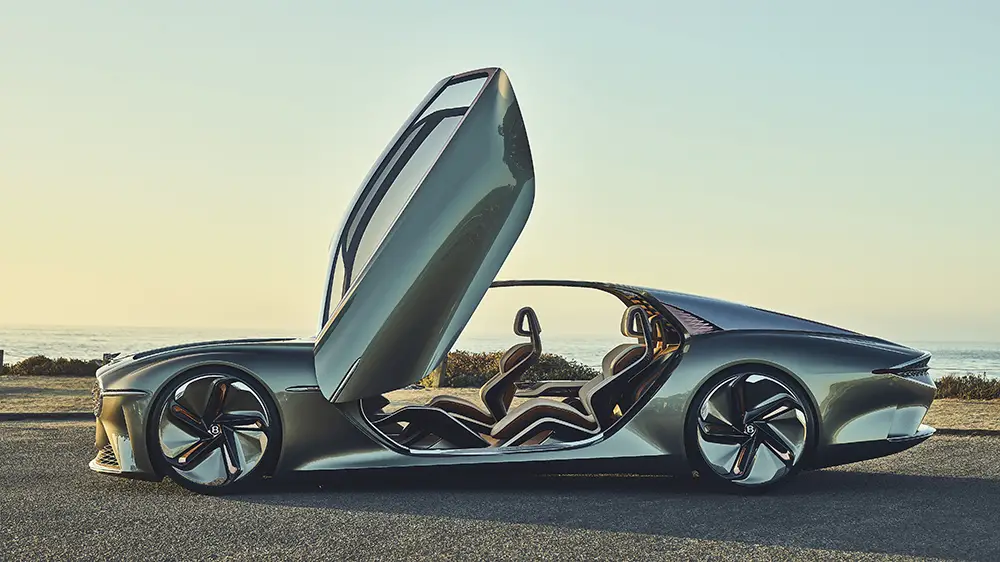
Internships are absolutely crucial. Major automotive companies have competitive internship programs where you’ll work alongside experienced automotive designers on real projects. It’s your chance to prove you can handle the pressure and contribute meaningfully to the design process.
The industry is also expanding beyond traditional automotive manufacturers. Tech companies entering the automotive space, mobility startups, and even traditional design consultancies are all hiring automotive designers. The skills translate surprisingly well to other industries too – many car designers move into product design, architecture, or even entertainment design.
The Business Side of Car Design
Here’s something most people don’t realize – car designers aren’t just artists, they’re business strategists too. Every design decision has financial implications. That gorgeous concept car you saw at the auto show? The production version will likely be significantly different because of cost constraints, manufacturing limitations, and regulatory requirements.
Automotive designers work closely with marketing teams to ensure designs align with brand positioning. A luxury brand’s vehicle needs to communicate premium quality through its design language. A youth-oriented brand might prioritize edgy, disruptive styling. Every curve, every material choice, every color option is part of a carefully orchestrated brand story.
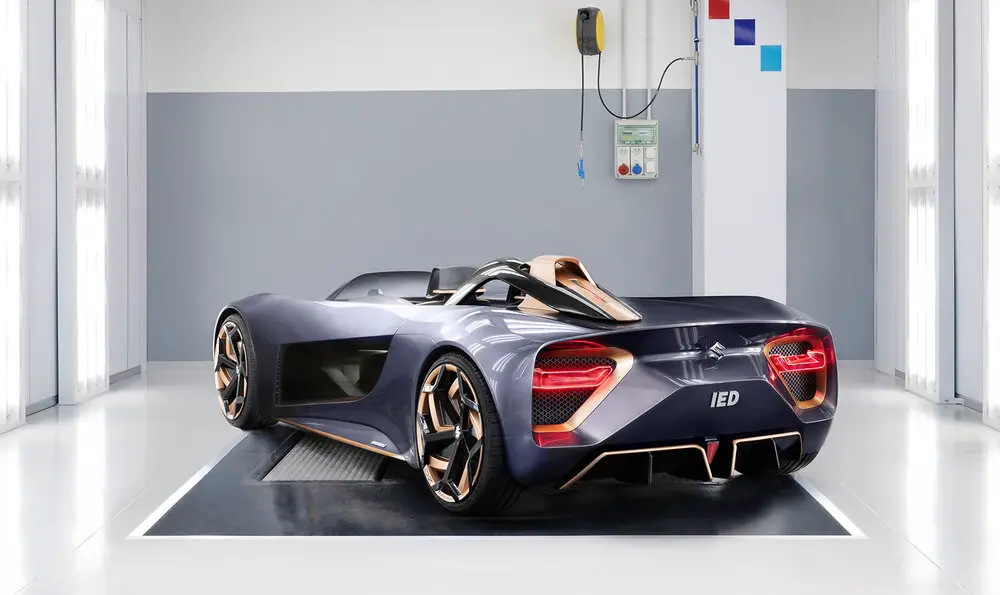
Market research heavily influences automotive design. Consumer clinics, where potential buyers react to design proposals, can make or break a project. Focus groups provide feedback on everything from aesthetic appeal to perceived quality. It’s a constant balance between artistic vision and market reality.
Global considerations add another layer of complexity. A vehicle designed for the American market might need modifications for European safety regulations or Asian consumer preferences. Some car designers specialize in adapting global designs for local markets, ensuring cultural appropriateness and regulatory compliance.
The timeline pressures are intense. Automotive design projects typically span 3-5 years from initial concept to production. Designers must predict future trends, anticipate regulatory changes, and create designs that will still feel fresh when they finally reach showrooms.

FAQ: Car Designers
Q: How much do car designers make? A: Automotive designer salaries vary widely based on experience, location, and company. Entry-level designers might start around $50,000-70,000, while senior automotive designers at major manufacturers can earn $100,000-200,000+. Chief automotive designers at premium brands can command significantly higher salaries.
Q: Do you need to be able to draw to be a car designer? A: Drawing skills are absolutely essential for automotive designers. While digital tools are important, the ability to quickly sketch ideas and communicate concepts visually is fundamental. Most design schools require strong drawing portfolios for admission.
Q: How long does it take to design a car? A: The complete automotive design process typically takes 3-5 years from initial concept to production. However, the core design development phase might be 18-24 months, with additional time for engineering integration, testing, and refinement.
Q: What software do car designers use? A: Popular software includes Alias (industry standard for automotive surfacing), Rhino, SolidWorks, and various rendering programs like KeyShot or VRED. However, traditional sketching and clay modeling remain important parts of the process.
Q: Can you become a car designer without a degree? A: While possible, it’s extremely difficult. The vast majority of professional automotive designers have formal education in transportation design, industrial design, or related fields. The education provides essential technical knowledge alongside creative development.
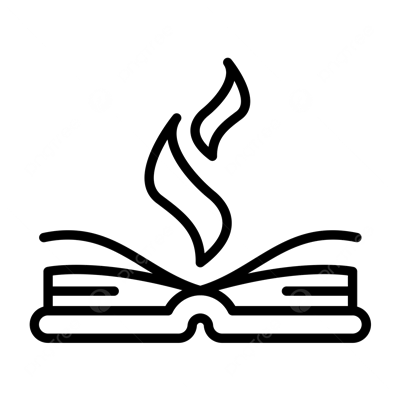
Myths About Automotive Design Debunked
Myth: Car designers just make things look pretty Reality: Modern automotive designers are deeply involved in engineering, ergonomics, safety, manufacturing, and business strategy. Aesthetic appeal is just one part of their multifaceted role.
Myth: Concept cars represent future production vehicles Reality: Most concept cars are primarily marketing and brand-building exercises. They explore ideas and gauge public reaction, but production vehicles face constraints that concept cars don’t.
Myth: Car design is all done on computers now Reality: While digital tools are crucial, physical clay modeling remains standard practice at major automotive manufacturers. Nothing replaces the ability to evaluate designs in real three-dimensional space.
Myth: Car designers work alone Reality: Automotive design is intensely collaborative, involving teams of specialists working together on every project. Individual recognition often goes to design directors, but every car represents team effort.
Myth: All cars look the same because of regulations Reality: While safety and efficiency regulations do impose constraints, creative automotive designers find ways to express unique brand character within these boundaries. Regulations often drive innovation rather than stifle it.
Need a mechanic? Find one on the Mobile Mechanic Directory
Final Thought: Famous Car Designers
Writing about these 19 legendary car designers has been an incredible journey for me. What strikes me most is how these visionaries didn’t just create beautiful objects – they fundamentally changed how we think about transportation and aesthetics.
As I researched each designer’s story, I kept coming back to one central truth: great automotive design transcends mere transportation. When Marcello Gandini sketched the Countach or Ian Callum refined the Jaguar F-Type’s proportions, they weren’t just solving engineering problems – they were creating emotional experiences that resonate for decades.
What fascinates me about this field is how it perfectly balances art and science. These designers must consider aerodynamics, safety, manufacturing costs, and market demands while creating something that speaks to our souls. It’s a level of creative constraint I find both challenging and inspiring.
I’m particularly struck by how these legends proved that good design isn’t about following trends – it’s about having the courage to define them. From Harley Earl’s pioneering concept cars to Chris Bangle’s controversial but forward-thinking BMWs, each pushed the industry in new directions.
As we move into an era of electric vehicles and autonomous driving, the role of car designers becomes even more critical. The next generation will have unprecedented freedom to reimagine what vehicles can be – an opportunity to be as revolutionary as the legends I’ve profiled here.

